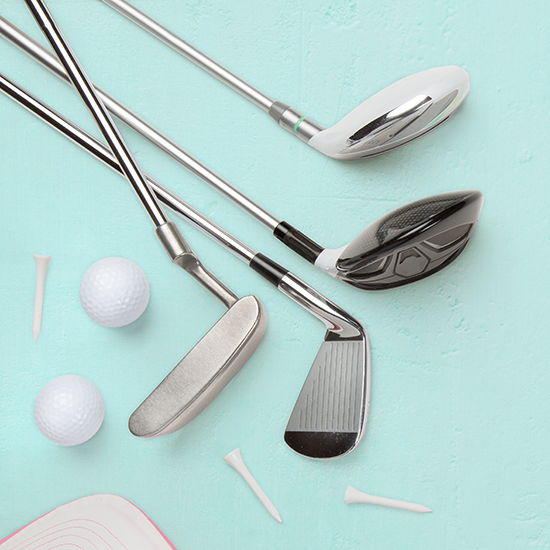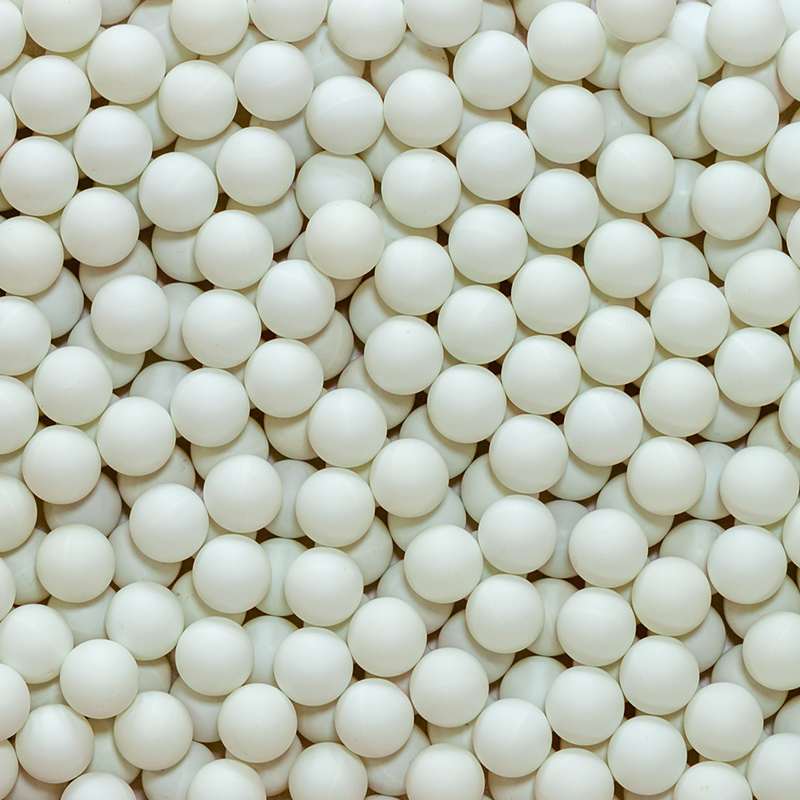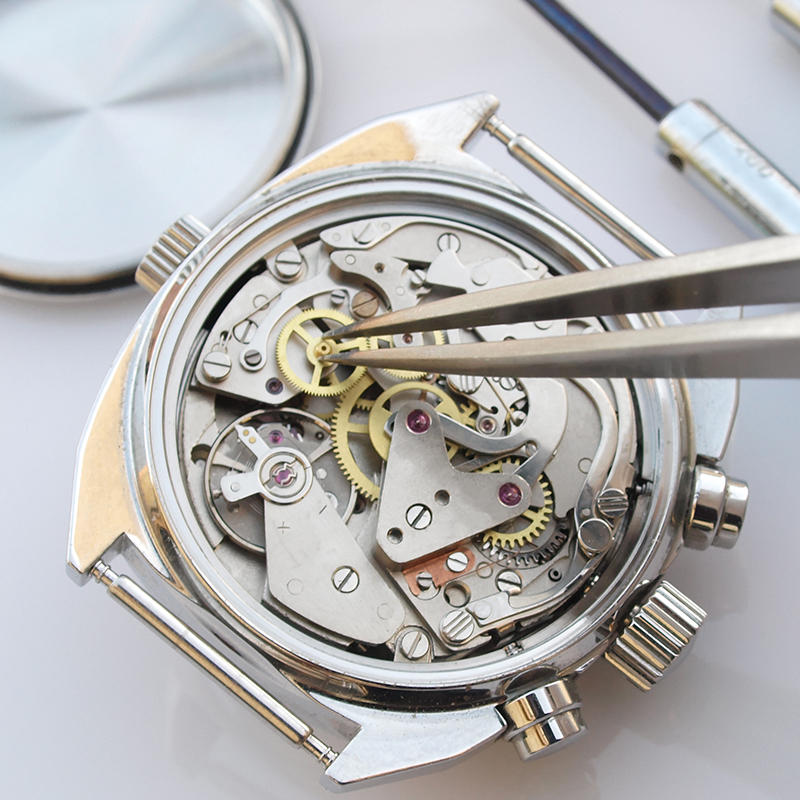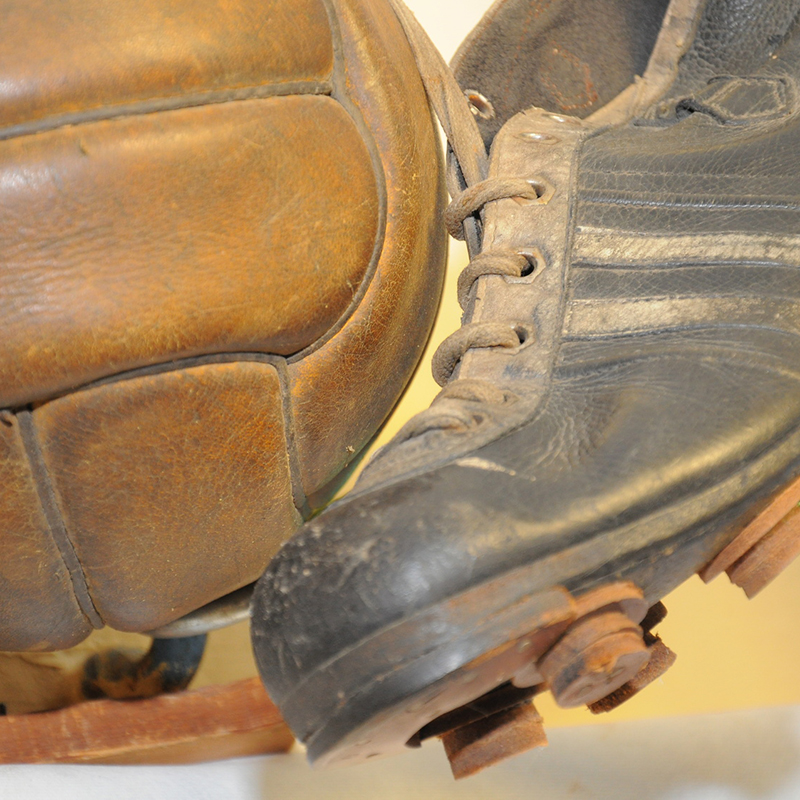“Golf is a game whose aim is to hit a very small ball into an even smaller hole, with weapons singularly ill-designed for the purpose.” This is what former British Prime Minister Winston Churchill is thought to have once said. The “weapons” in question were already relatively well developed in his day. But one thing at a time. Back in the early 17th century, Scotsman William Mayne had already made a name for himself. He was mentioned in a 1603 document as the first golf club maker and was even appointed “Royal Club Maker” by King James VI – a prestigious title in Scotland at the time. A leather ball filled with feathers was used as a golf ball. The first international competition took place in 1682 in Leith, Scotland, between two English and two Scottish golfers. Leith thus became the home of golf. The Gentlemen Golfers of Leith, founded in 1744, published one of the first books setting out the rules of the game.
Dimples or grooves: golfing equipment design continued to evolve
In the early days, the shafts of golf clubs were made of ash or walnut and the heads were made of blackthorn, beech, apple, or pear wood, which meant they were still relatively heavy. But the industrial revolution brought further refinements to the golf club. In 1902, for example, horizontal grooves were added to the club face that still provide the necessary spin today. These are particularly advantageous on wedges, the clubs used for shorter and more accurate shots. In 1905, small dimples made their way onto golf balls; the number, shape, and arrangement of the dimples affect the ball’s flight.
Another important milestone in the development of golfing equipment was the arrival of steel shafts, which were approved in 1929 and replaced the hickory wood shafts that were still common at the time. In 1969, graphite shafts were found to have real advantages on the course because of their lightness. A “precision-cast iron” made of stainless steel was then used for the first time – the cavity back iron. This club “forgives” mistakes and helps poorly hit balls to travel straighter and for longer than they would normally. In 1979, metal club heads came onto the market that were intended for drivers, the golf clubs primarily used for teeing off on longer holes. These quickly replaced the persimmon wood clubs that had been in use until then. In 1994, another innovation in club material caught on: titanium. This is still the dominant material for drivers today.
“First man to play golf on the moon”
While people were tinkering with innovative materials and designs for golfing equipment on Earth, golf was actually being played on the moon: in 1971, astronaut Alan Shepard is said to have hit some golf balls there. He claims that his first strokes with a six-iron only sent the ball a few meters. But at some point, the golf ball flew “miles and miles and miles,” Shepard reports. No one measured this, of course. But regardless, Alan Shepard certainly secured the title of “first man to play golf on the moon”.
(Image: LIGHTFIELD STUDIOS – AdobeStock.com, detail: cladori – AdobeStock.com)




